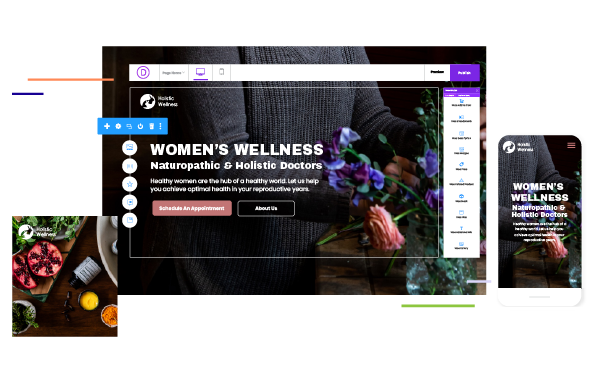The world of web development is moving quickly. It is possible that the skills you learned a couple of years ago may no longer work to your advantage. The main challenge facing programmers is how to keep themselves updated with new coding skills.
While the number of web developers continues to rise, the tech arena continues to move towards standardization. Moreover, they have to cope with the almost daily emergence of innovative technologies and tools. The general trend appears to be moving towards UI standardization. However, developments in other areas, such as component-based modularity and composition, have been affecting other sectors, such as styling, testing, and state management for better modularity. The overall impact affects technologies that deal with web components, ES modules, and many others. It is essential for developers to learn about the coding skills they will need in 2020, so we have compiled a list that they can use to sharpen their skills. Below is a list of codingtools all developers need to learn if they want to make it through the coming year.
1. Framework-Agnostic Web Components
These web components are the future of web development because they can be used without a framework or with framework-spelling standardization. The main reason why they work this way is that they do not get JS fatigue and can also be used with modern browsers. Moreover, since their bundle size and their use of bandwidth occur at an optimal rate, their VDOM rendering is also optimal.
In addition, these components give you custom elements and many other features, such as a Javascript API, that allow you to develop a new form of an HTML tag. The HTML templates can specify layoutsand the shadow DOM is component-specific by nature.
Most importantly, you need to be familiar with Lit-HTML, StencilJS, SvelteJS, and Bit, as they have reusable modular components that can be shared, used, and developed in many other places.
2. Component Isolation, Reuse, and Composition
In the world of front-end development and UI components, you will have to harness the abilities of Bit, which allows you to share reusable code components. The best thing about Bit (which is open-source) is that you can use it to isolate and change your components or any other reusable JS codes into building blocks that can beshared with all your projects and applications.
You can also use Bit to develop similar components from different projects while maintaining full control over the source code changes and even the dependency graph. Simply put, you can incorporate components of one project into another,develop it further, and then sync the changes, all with the help of Bit.
3. ES Modules and CDN
When working with modules in a browser, you should use ES Modules, which are standardized with ECMAScript. The best thing about ES modules is that you can use them to encapsulate functionalities. You can also use them with CDN. Moreover, with the new Firefox 60 coming into effect, all major browsers will have ES modules support. ES module integration that is used for web assembly will also come into effect soon. If you imagine a JS component that can be isolated with Bit and used by CDN, then you will see why this coding skill is very important.
You should also start thinking of state management as encapsulated components instead of global application stores if you want to leverage the modular and reusable natures of these components fully. If you do this, some of the most common projects (for example, MobX) could provide you with a reactive approach.You also do not need a third-party library in case you want to manage states at the functional component level, something that will enhance your modularity and reusability.
4. Styling Components as Composition
There has been a lot of talk about styling components in the past few years, and here you will learn why they are important. The talks have revolved around inline CSS, CSS in JS, Stylable, and others.The options are numerous, so in the next few years, you will begin thinking of styling as a composition.
The component design system will now include logical and theming components composed using a tool like Bit. This means that you will finally be able to make a design system that can evolve and change as needed without having to force developers to use a library if they are not willing to adopt it. Some design tools, such as Sketch and Figma, will help you create an effective component design system.
5. GraphQL API Clients
You should learn how to use this for data-driven applications. The GraphQL opens up a wide range of possibilities for clients to work through components. For instance, by learning how to use this, you can create UI components that fetch data through GraphQl. You can use this feature in conjunction with Bit to import and develop components from the projects you are currently working on.
The best thing about learning to do this is that you will now be able to control the workflow in data-driven application development and also speed up your dev-velocity through smart management of API’s. So, if you are looking to the future, you will need to learn how to apply GraphQL API client to data-driven applications.


























































